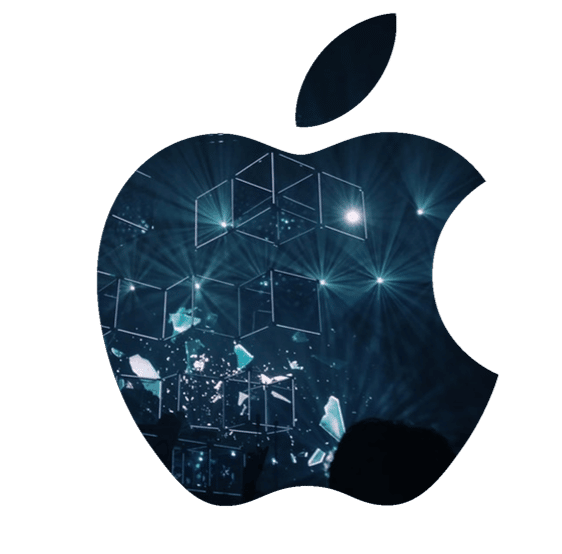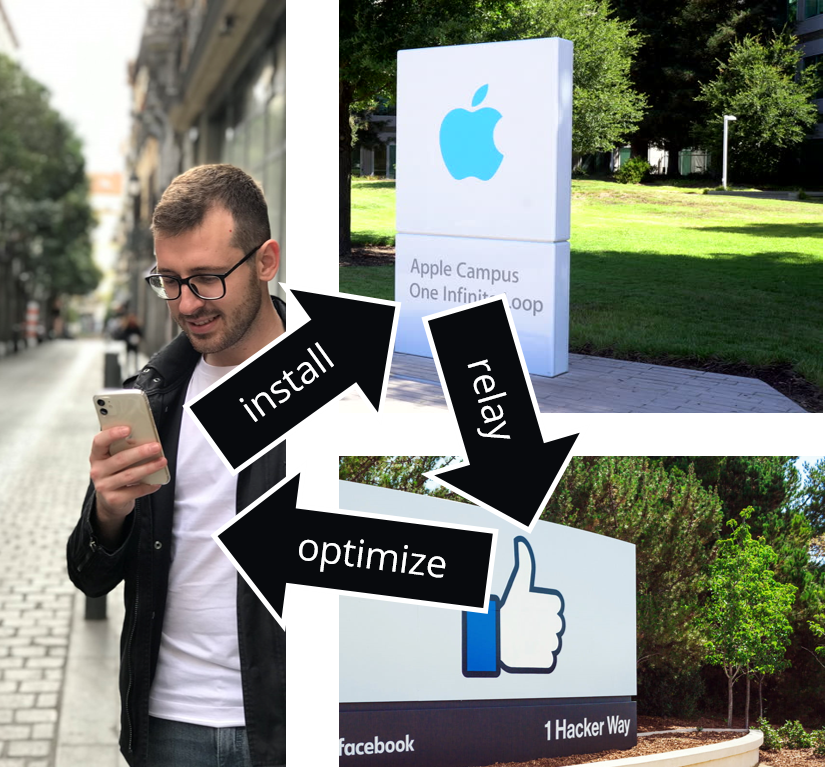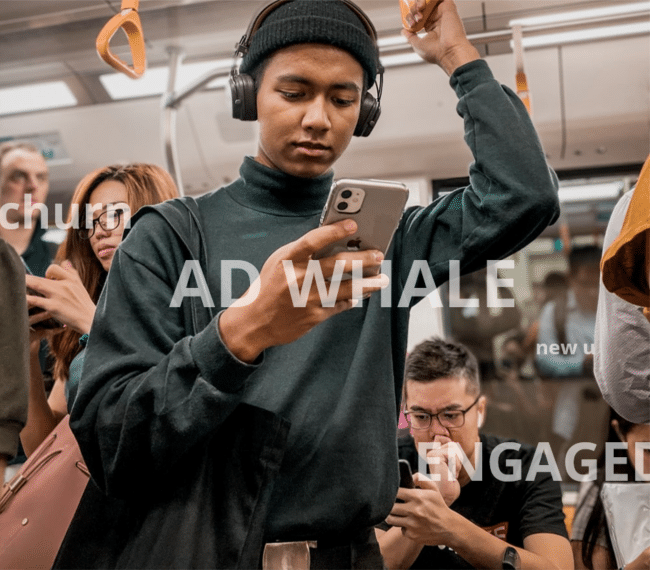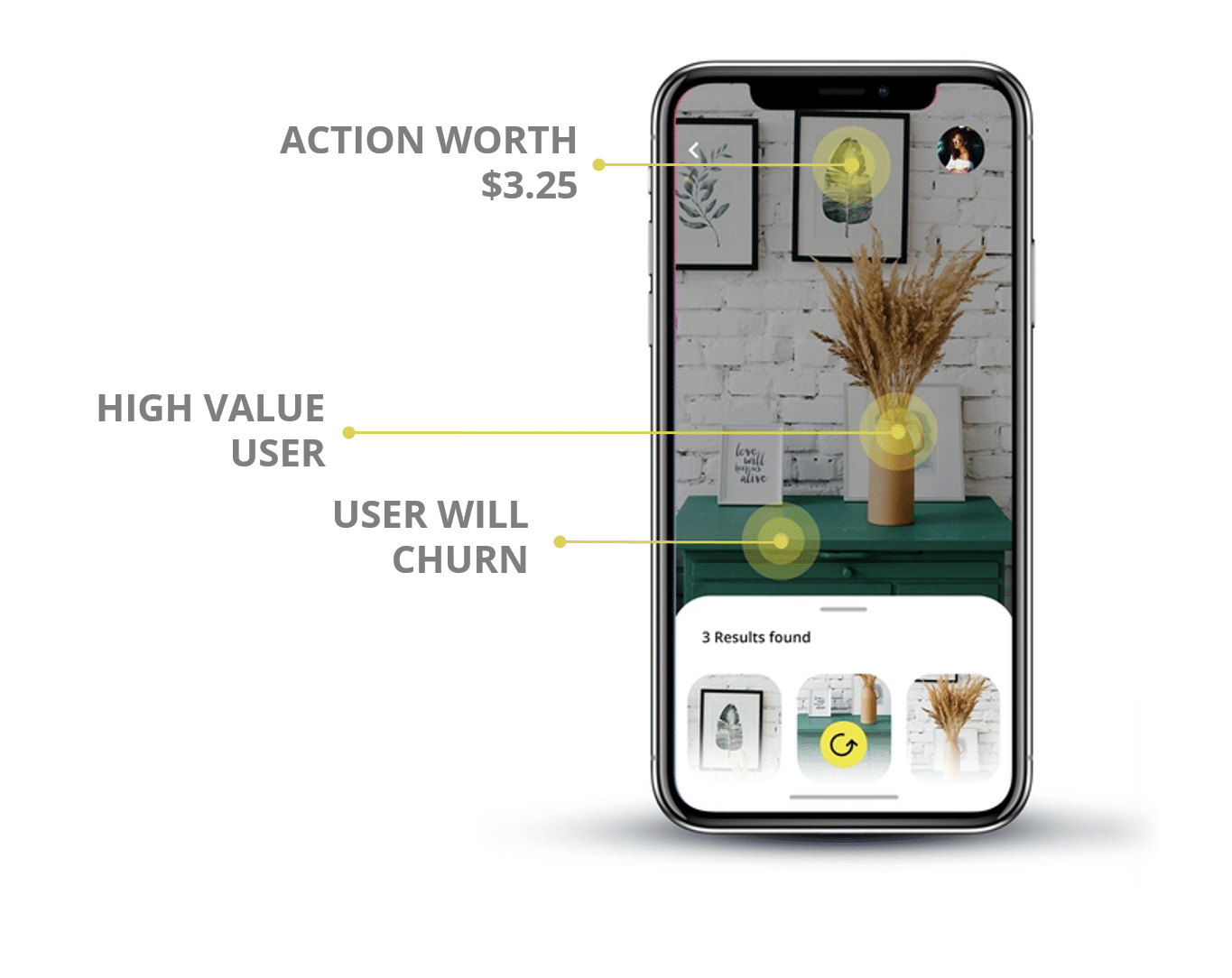Choosing the right Conversion Events for your app
No one claimed mobile user acquisition was easy. But as Apple deprecates the IDFA, it’s about to get much harder. As an app developer, in the past you could continually ship your users and their events back to your network of choice—Facebook most notably— and you could rely on them to do the hard work in optimizing the campaign. They would find the optimal users—ones who purchased, stuck around and became your whales—and set up lookalike campaigns, retargeting and would largely determine your optimal users through their own internal algorithms.
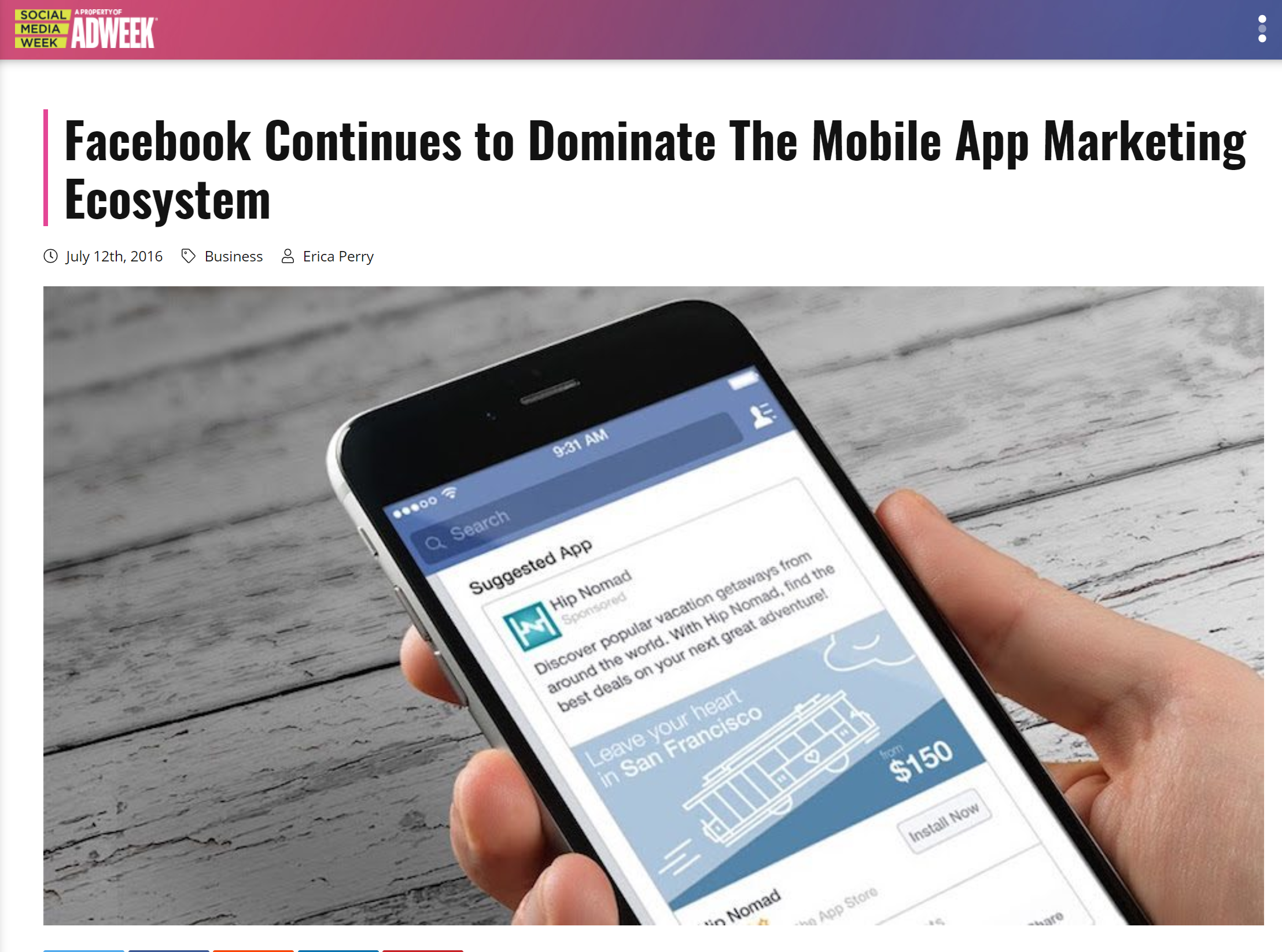
For mobile app marketers Facebook has been one of the — if not the most— important method for garnering app installs.
And for the most part these networks were extremely successful . With the recent changes by Apple, those users cannot be individually tracked by third-parties and therefore their “eventual” value can’t be easily traced back for your optimization campaigns. Instead, now the app developer is responsible for identifying valuable users and sending those events back to the networks.
Apple has created a method called “updateConversionValue()” which allows app developers to send back a limited amount of information to their network with each install. There is still much debate on what the conversionValue will entail – undoubtedly the platforms will opt for some variation timing, attribution and creative data.
Luckily for app developers that’s a debate that can rage amongst the platforms in how they will identify and attribute users correctly. Unfortunately however that debate ends, one thing is very clear: the burden of deciding who will become valuable users very much falls to the app developers.
Now Apple is in the middle of every install, this means the value of the user needs to be determined by the app developer before being sent to Apple.
Enter a “Conversion Events” and a “Conversion Schema”
A Conversion Event is a post-install user event sent to the network indicating the user is—or will be—a valuable user.
A Conversions Schema is framework in your app to remotely manage and set conversion events and conversion values.
App developers are going to need to build a conversion schema to manage their conversion events and conversion values. This conversion schema allows the app developer to choose app events and set their values before sending back to the ad network to help optimize for valuable users.
This is extremely important for optimization of your campaigns because conversion events are the only information on user-value sent back to the networks. Facebook recommends you restrict your events to day 0 – and limits you to 8 events to increase the speed and accuracy of optimization. However most app developers are left guessing on the valuable events early in the app developer’s lifecycle.
So the question remains, how do you choose the right Conversion Events for your campaigns?
Below we explore how to go about choosing your Conversion Events to properly set the conversion value in your conversion schema.
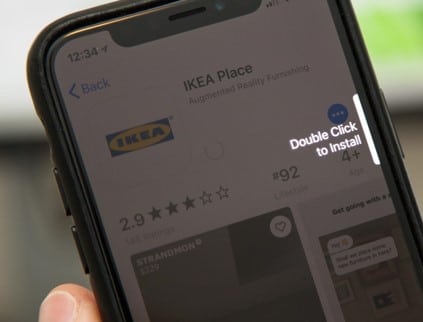
What events or actions in your app do users trigger immediately after install that signify they will be valuable?
1. Find Conversion Events Early:
Early events will increase speed and decrease cost of optimization. Events that happen early in the users-lifecycle are important for three reasons:
A. The networks are struggling to date-match and will likely give you expiration dates on their ability to optimize on post-install events.
B. Later events will weed out more users, requiring more users to achieve statistical significance.
C. The longer a campaign runs the longer the lag-time you’ll have in recognizing success
For the reasons above an IAP event on day-0 is a great optimization event. But what happens if you don’t have a purchase on day-1, or don’t have enough IAPs to achieve significance in testing?
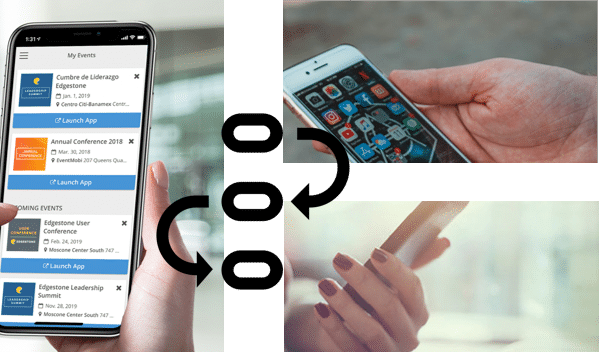
Different users will be worth different amounts. You’ll need to have different events to be able to determine these different outcomes.
2. Choose Multiple Conversion Events:
You may have multiple sources of revenue – ads and in-app purchases—and lifetime user-value will certainly vary across different users. For this reason you’ll want to use more than a single-event for optimization.
Multiple user events will allow you to segment your users into different value-potentials as well as increase the amount of valuable data for optimization purposes.
“We recommend that you identify the 8 conversion events most important to critical business outcomes and assess if changes need to be made to your campaign or measurement strategy.” -source

Photo by Hulki Okan Tabak on Unsplash
Unfortunately you’ll need a better method.
3. Use Conversion Events that are Indicators of Future Success:
Early-user behavior can indicate a user’s future, or eventual, value. For instance creating an account or high-usage in the first few hours could create a more engaged user who will be more likely to be retained as a loyal user – or more likely to subscribe to your app. In most cases app developers have hypotheses on what makes a valuable user: you’ll need to validate and measure these hypotheses and measure their eventual value to users.
“I was astounded to find that users who watched a tutorial where worth significantly more in just 30 days” -FlipaClip Case Study

Photo by Hulki Okan Tabak on Unsplash
Unfortunately you’ll need a better method.
4. Use Projections on User Behavior:
Most apps won’t be able to rely on an immediate return on ad spend (ROAS). Instead they’ll need to group and project user’s behavior to determine the eventual LTV — also known as pLTV. Everyone’s app—and their users—are all different so there’s no one-size-fits-all. You’ll need to experiment with different regression and forecasting methods to find which fits your user’s retention and monetization model.
A word of caution – for apps with a long-period of ROAS, be aware that outside forces —or market fluctuations may impact your monetization model so be sure to plan your risk accordingly.

Photo by Karen Zhao on Unsplash
100% of the audience loved the movie. Does that mean it’s any good?
5. Make sure you have enough data:
Projections and user-models will never be perfect but a common mistake we see when app developers are starting to analyze their users is making a conclusion on too little data. Most apps have a severe retention curve and if you aren’t careful you could be making decisions on a 90-day LTV on a very small subset of users that may not be an accurate representation of your users.
Conclusion:
Data– more than ever– will be the key differentiator between apps that will win and those who fail. As app developers enter the unknown future of post-IDFA, they should be very conscious that the keys to their success lie with their users: their actions, how they interact with the app, and how they can grow to become valuable and profitable to app developers. More than ever, the success of user-acquisition is shifting to the app developer.
Audience Reporting:
Our customers were struggling to find an easy and accurate way to measure LTV by user event or action. So we’ve developed the industry’s easiest and fastest way to measure user LTVs by action and behavior. We call it AdLibertas Audience Reporting.
